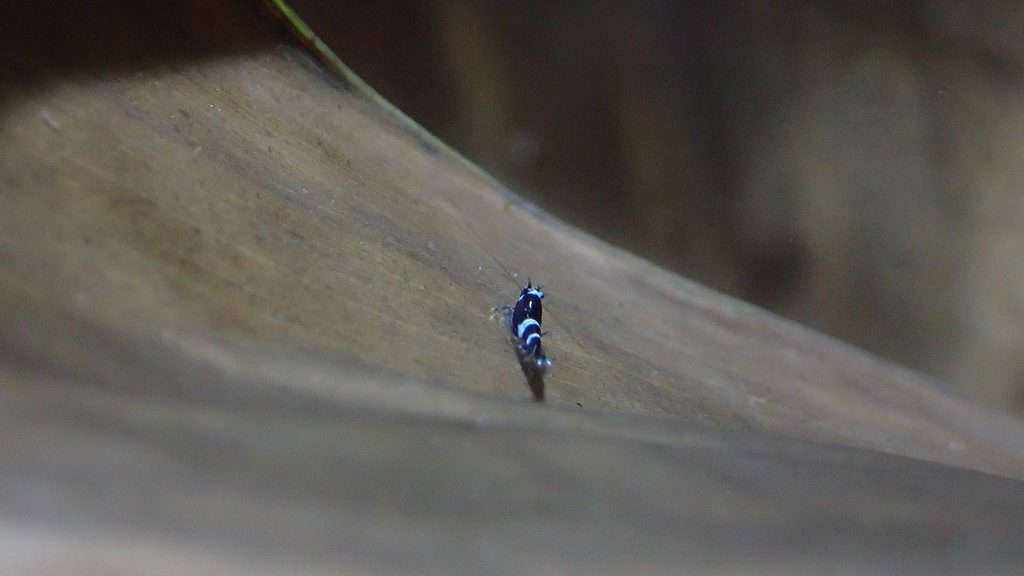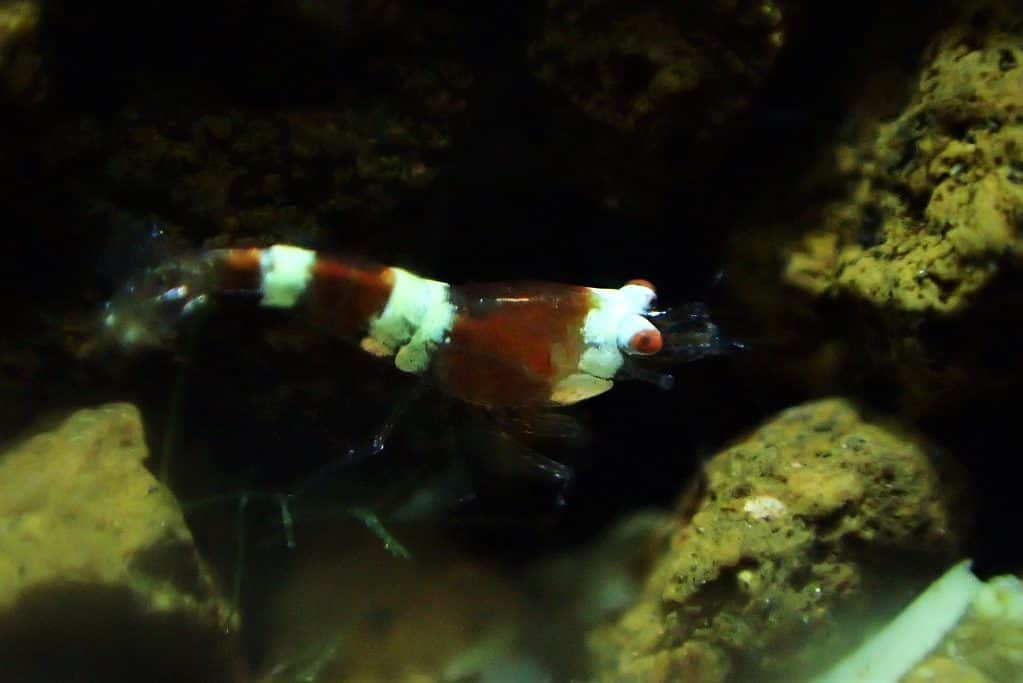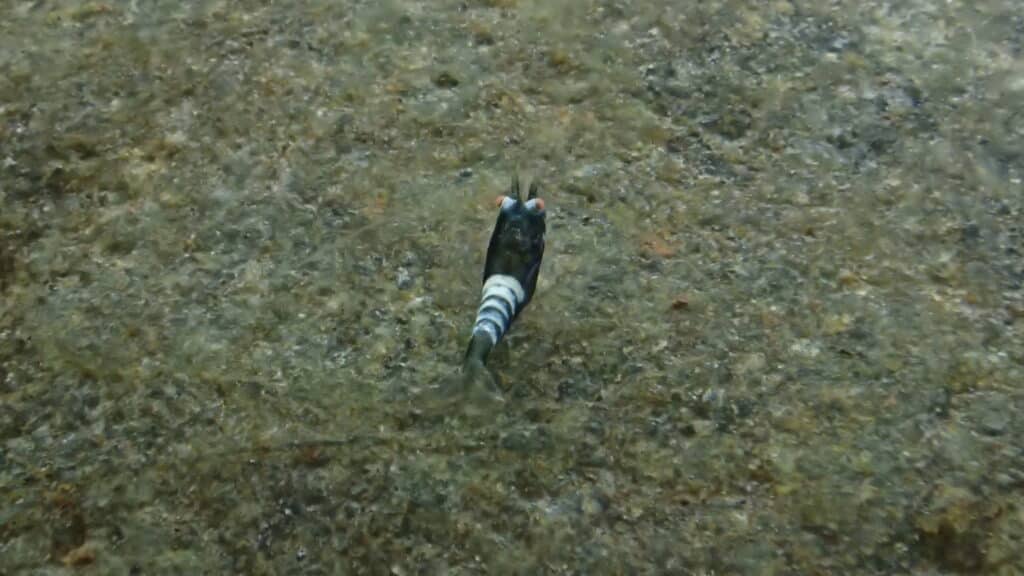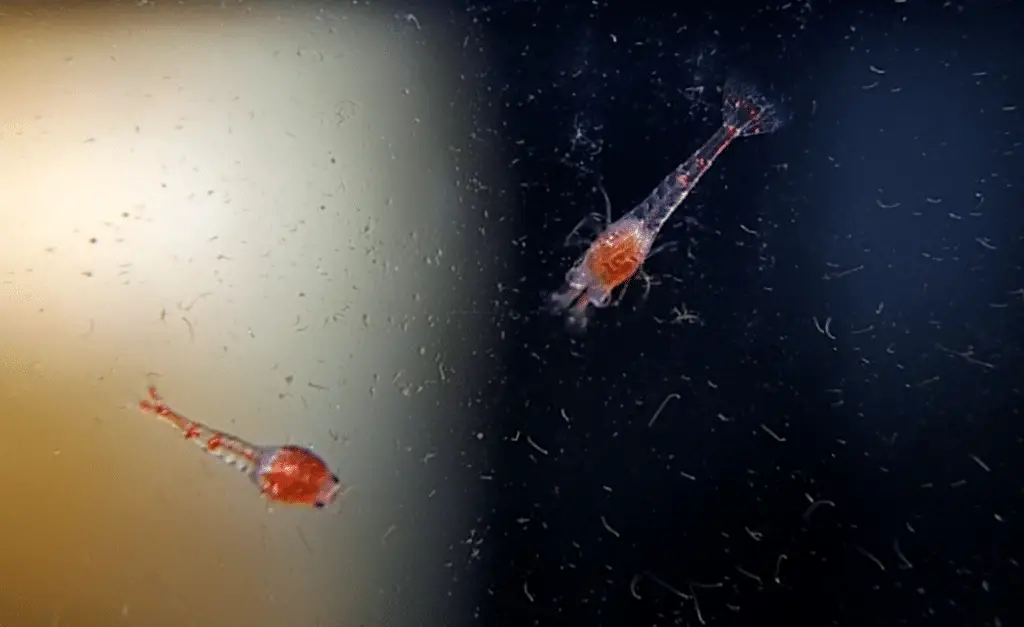Staring at your shrimp tank with a vacuum in hand, you might find yourself wrestling with a dilemma. It’s a common predicament among shrimp keepers – to vacuum or not to vacuum the shrimp tank? It’s a question that stems from our desire to create the best possible home for our tiny aquatic companions.
The short answer is no, you don’t need to vacuum a shrimp tank. Shrimp are low waste producers, and vacuuming could potentially harm baby shrimp, who are incredibly small and delicate. So, put that vacuum down and let’s explore some safer alternatives for maintaining a clean and healthy shrimp tank.
As a long-time shrimp keeper, I’ve had my fair share of ups and downs. One of the most persistent questions I’ve encountered is about vacuuming shrimp tanks. Early in my shrimp-keeping journey, I was convinced that a clean tank meant a vacuumed tank. But, after a few unfortunate incidents with baby shrimp and a vacuum, I quickly learned that this was not the case.
Over the years, I’ve discovered that shrimp tanks require a different approach to cleaning. Shrimp are low waste producers, which means they don’t dirty their tanks as much as other aquatic creatures might. Plus, baby shrimp are so tiny that they can easily get sucked up by a vacuum, which can be fatal.
So, how do you maintain a clean and healthy environment for your shrimp without a vacuum? Stick around, and I’ll share some of the methods I’ve learned over the years. Trust me, your shrimp (and your peace of mind) will thank you.

Why is Vacuuming a Shrimp Tank Unnecessary?
When it comes to maintaining a shrimp tank, you might think that vacuuming is a necessary part of the cleaning routine. After all, we vacuum our homes to keep them clean, so why not our shrimp tanks? Well, the truth is, vacuuming a shrimp tank is not only unnecessary, but it can also be counterproductive.
Shrimp are quite different from other aquatic creatures. They are low waste producers, meaning they don’t contribute much to the dirt and debris in the tank. Unlike fish, which can produce significant waste, shrimp keep their environment relatively clean. This means that the tank doesn’t get dirty quickly and doesn’t require frequent deep cleaning like vacuuming.
Moreover, shrimp are excellent scavengers. They feed on algae, leftover food, and other organic matter that can accumulate in the tank. This natural behavior helps to keep the tank clean, reducing the need for vacuuming.
Another reason why vacuuming is unnecessary is the presence of beneficial bacteria in the tank. These bacteria play a crucial role in maintaining the nitrogen cycle, which is vital for a healthy aquarium. Vacuuming can disrupt this cycle by removing these beneficial bacteria along with the waste.
So, while it might seem like a good idea to vacuum your shrimp tank, it’s not necessary. In fact, it’s best to let the shrimp and the beneficial bacteria do their job. They are nature’s little cleaners, after all.

How Can Vacuuming Harm Baby Shrimp?
Imagine being a tiny creature in a vast underwater world, going about your day, when suddenly a giant vacuum descends from above. Sounds terrifying, right? Well, that’s pretty much what it’s like for baby shrimp when a vacuum is introduced into their tank.
Baby shrimp, also known as shrimplets, are tiny – usually just 1-2mm in size. This makes them particularly vulnerable to being sucked up during a vacuuming process. If this happens, it can be fatal for them. The force of the water being sucked into the vacuum can injure or even kill these delicate creatures.
Furthermore, baby shrimp tend to spend a lot of their time in the substrate of the tank, which is exactly where you’d be vacuuming. This increases their risk of coming into contact with the vacuum.
Even if they survive the vacuuming process, being removed from their familiar environment can cause stress and potentially lead to health issues. Shrimp, especially baby ones, thrive in stable conditions. Any significant change can be detrimental to their health.
So, while vacuuming might seem like a good way to keep your tank clean, it’s not worth the risk to your baby shrimp. There are safer and more effective ways to maintain a clean and healthy shrimp tank, which we’ll explore next.

What are Alternative Methods to Keep a Shrimp Tank Clean?
Maintaining a clean shrimp tank doesn’t have to involve a vacuum. In fact, there are several other methods that are not only safer for your shrimp but also contribute to a healthier and more stable environment.
One of these methods is regular filter maintenance. Filters play a crucial role in any aquarium, including shrimp tanks. They help clean and clear water by removing waste and other debris. Regularly cleaning your filters ensures they function effectively and contributes to the overall cleanliness of the tank.
The frequency of filter cleaning will depend on the type of filter and the size of your tank, so be sure to follow the manufacturer’s recommendations.
Another method is performing regular water changes. This involves removing a portion of the water from the tank and replacing it with fresh, dechlorinated water. Water changes help remove any waste and debris that may be present in the tank, without the need for vacuuming.
The frequency of water changes will depend on the size of your tank and the number of shrimp, but generally, they should be done every few weeks or so.

Using a feeding dish is another effective way to keep your tank clean. It helps prevent excess food from falling into the substrate and contributing to waste buildup. It also makes it easier to monitor the amount of food being given to the shrimp and remove any uneaten food after a few hours. Overfeeding can lead to excess waste and potential harm to the shrimp’s health, so it’s important to feed the shrimp in moderation.
By adopting these methods, you can maintain a clean and healthy environment for your shrimp without the need for a vacuum. Remember, the key to a healthy shrimp tank is to provide a clean and stable environment for your shrimp to thrive in.

How Do Shrimp Contribute to Maintaining a Clean Tank?
Shrimp are not just beautiful and fascinating creatures to watch; they are also industrious little cleaners that play a significant role in maintaining the cleanliness of their tank.
Shrimp are scavengers by nature. They spend much time foraging for food, including algae, leftover food, and other organic matter that can accumulate in the tank. This behavior helps keep the tank clean, as they essentially eat up the waste that would otherwise build up.
Some species of shrimp, such as Amano shrimp and Red Cherry shrimp, are particularly good at cleaning aquariums. They have small hair-like structures on their claws that they use to sift through the substrate and filter out food particles. They also eat algae and other organic matter that can accumulate in the tank. This makes them not only fascinating to watch, but also helpful in maintaining a clean and healthy environment.
When shrimp feed, they use their claws to pick up pieces of food and examine them before deciding whether to eat or discard them. The aquarium’s water flow then carries away the discarded food particles and debris and can end up in the filter, where they can be removed.
So, while shrimp may be small, they play an essential role in maintaining a healthy aquarium ecosystem. They are nature’s little cleaners, helping to keep your tank clean and healthy. So next time you see your shrimp busily scuttling around the tank, remember they’re not just aimlessly wandering; they’re on a mission to keep their home clean.

In a Nutshell: Keeping Your Shrimp Tank Clean
To sum it all up, vacuuming your shrimp tank isn’t necessary and can even be harmful, particularly to baby shrimp. Shrimp are low waste producers, and their scavenging habits help maintain the cleanliness of their environment. Instead of vacuuming, focus on regular filter maintenance, periodic water changes, and controlled feeding to keep your tank clean and healthy.
Remember, every shrimp tank is unique, and what works best will depend on factors like the number of shrimp, the size of the tank, and the specific species you’re keeping. Don’t be afraid to experiment and find what works best for your tank.
If you ever find yourself in a pinch or need some advice, don’t hesitate to reach out. Check out Aquarium Shrimp Keeping on Facebook if you can’t reach me here. A whole community of shrimp enthusiasts is ready to lend a helping claw.
Lastly, remember to enjoy the process. Shrimp keeping is not just about maintaining a clean tank; it’s about creating a thriving ecosystem for these fascinating creatures. So, happy shrimp keeping!
FAQ on Shrimp Tank Maintenance
Q. How do you clean a shrimp tank?
A. Cleaning a shrimp tank involves regular filter maintenance, periodic water changes, and controlled feeding. Vacuuming is not recommended as it can harm baby shrimp and disrupt the beneficial bacteria in the tank.
Q. How often do you need to clean a shrimp tank?
A. The frequency of cleaning a shrimp tank depends on factors like the number of shrimp, the size of the tank, and the specific species you’re keeping. However, regular filter maintenance and water changes every few weeks are generally recommended.
Q. Do shrimp tanks need aeration?
A. Yes, shrimp tanks do need aeration. Aeration helps to increase the oxygen levels in the water, which is essential for the health of the shrimp. This can be achieved using an air pump or a filter that creates water movement.
Q. Do I need to vacuum your aquarium?
A. While vacuuming can be beneficial for some types of aquariums, it’s not recommended for shrimp tanks. Shrimp are low waste producers, and vacuuming can harm baby shrimp and disrupt the beneficial bacteria in the tank.
Q. How to vacuum a shrimp tank?
A. While it’s generally not recommended to vacuum a shrimp tank, if you choose to do so, be very careful to avoid harming baby shrimp. Vacuum into a bucket, let it settle, and check for baby shrimp before disposing of the water.
